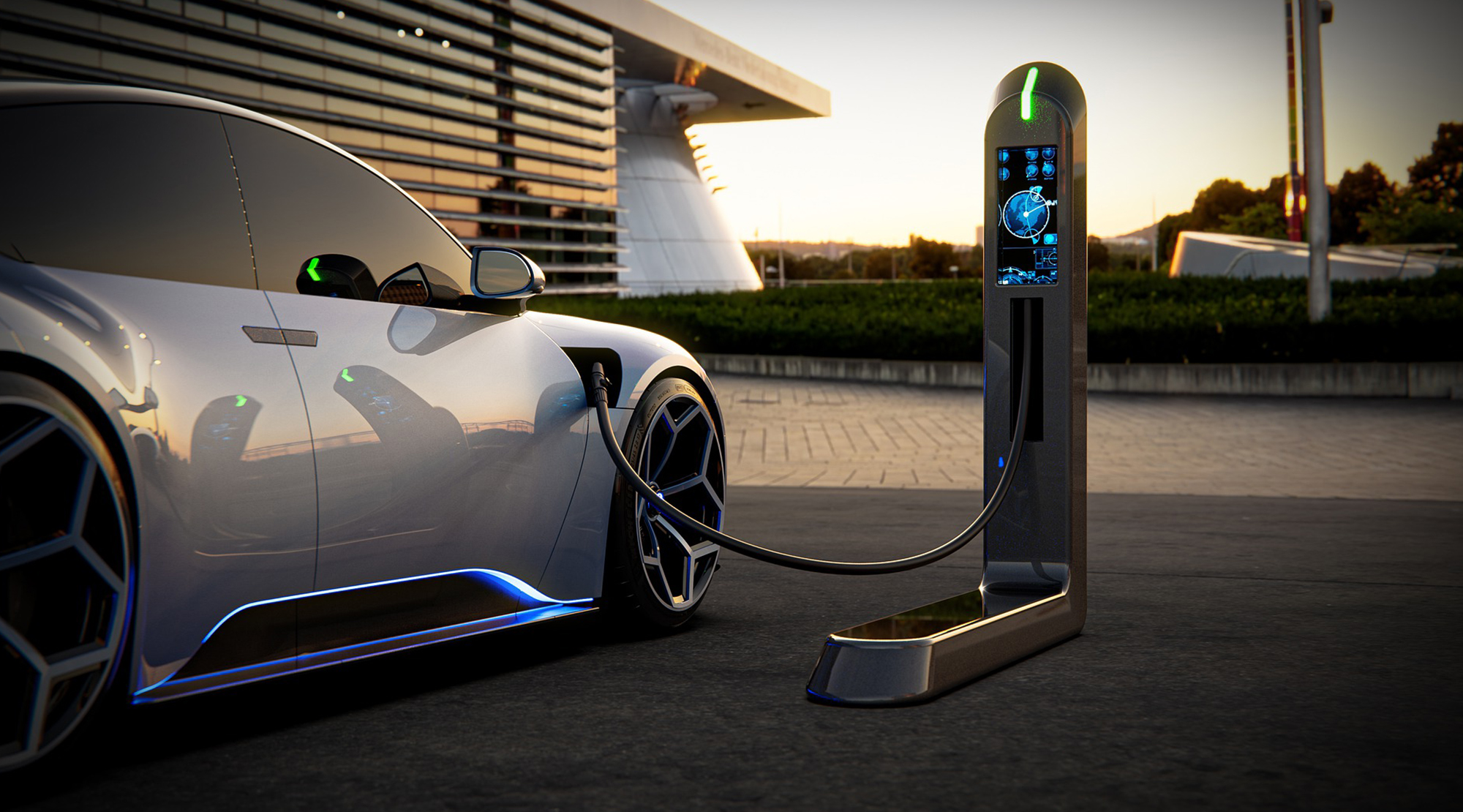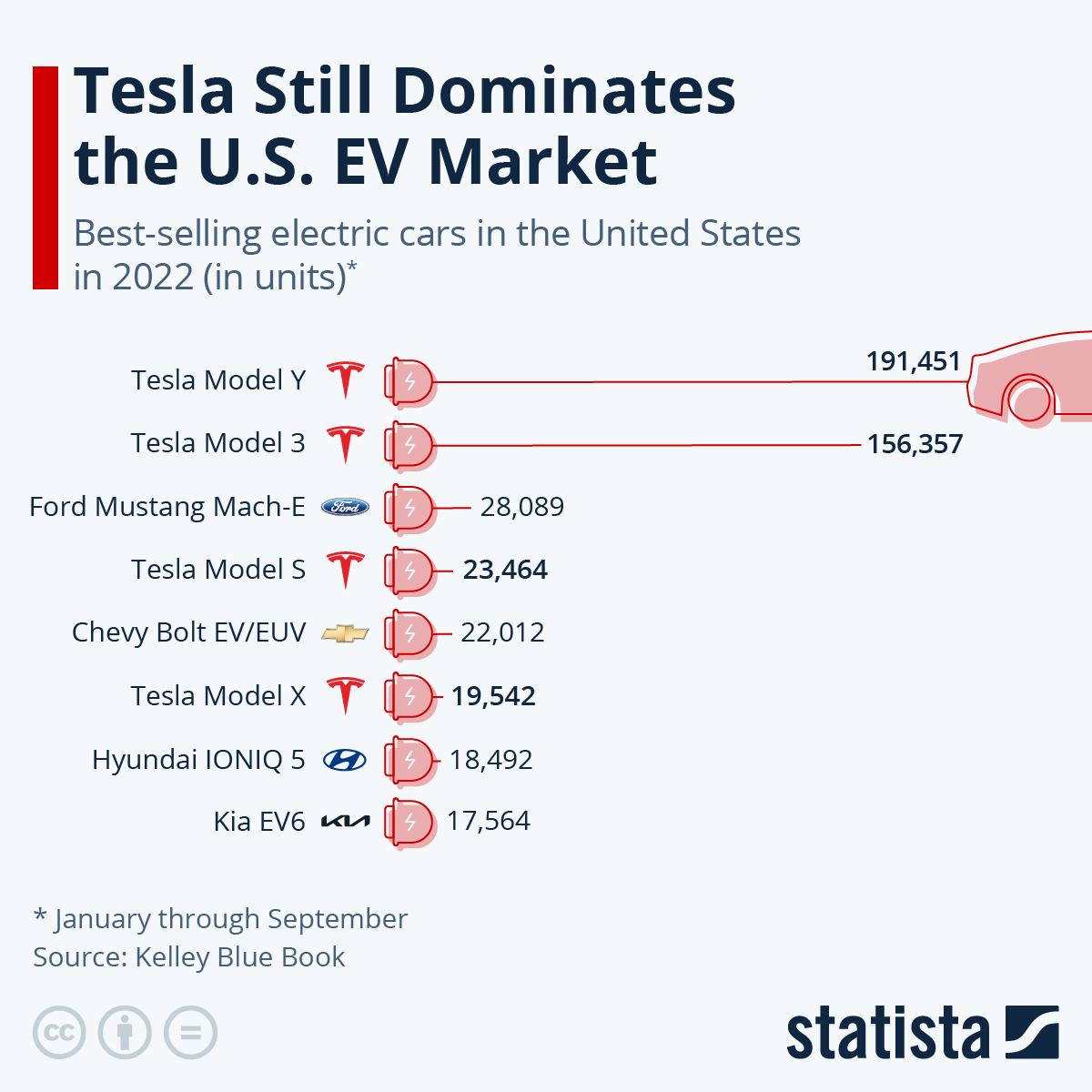What’s the best time to buy an electric vehicle?
Should I buy an EV now or wait?
Electric vehicles is set to bring sustainable transportation for American citizens everywhere.
Here are some reasons from falling EV prices to government incentives, why this is the best time to go electric as a way to reduce our dependence on gas and combat climate change.
Electric vehicles fall into two basic categories, broadly speaking. Hybrid vehicles and fully electric vehicles.
Hybrid vehicles are those that have both gas engines and electric motor. Fully electric vehicles are solely powered by an electric battery and motor. Fully electric vehicles are the cleanest vehicles with zero tailpipe emissions as they do not emit any exhaust gas.
There are definitely benefits to buying an EV nowadays, hence they are gaining fast popularity across America. An Experian study released in October noted more than 600,000 new EV registrations through the first ten months of 2022, a 60 percent year-over-year jump. In terms of market share, Tesla is the most popular electric cars in the United States.
Should I buy EV Now or Wait? 6 Reasons to Consider
Cost of Electric Vehicles
Today’s Electric Vehicles (EVs) are becoming more accessible and cost-effective than ever before. They are becoming increasingly accessible, with prices dropping steadily in recent years to the point of near-parity with gas cars.
Electric vehicles give you the opportunity to save significantly on miscellaneous costs. With rebates, tax credits from federal, state and local governments plus utility companies, now is a great time to go electric.
Here is a list of EVs eligible for tax credit up to $7,500 under Internal Revenue Code Section 30D.
Not only that, but when considering fuel expenses and maintenance costs, these can fully diminish any difference in price between an electric vehicle versus a traditional car or SUV. Still wondering: should I buy an EV now or wait?
With a variety of models now available, from compact hatchbacks to full-size pickup trucks, EV ownership is within reach for almost everyone!
Since environment laws are changing to move away from fossil fuels, more car companies are investing in electric vehicle development so prices are supposed to drop further.
For example, the current base price in the US for a Nissan Leaf is around $28,000 which is at par with base models of regular gasoline cars. Governor Gavin Newsom announced on Aug. 25, ”California now has a groundbreaking, world-leading plan to achieve 100 percent zero-emission vehicle sales by 2035.”
Availability of power to charge cars
Since most transportation currently use petroleum products, the electricity grid and generation capacity are not geared for the total EV transition.
However, energy experts claim that there is more than enough generation capacity if all of the electric vehicles are plugged into the grid. The electric companies have enough capacity to power through for at least the next few years.
Even though renewable energy is growing as a power source, electricity is still being produced using fossil fuels.
The Biden-Harris Administration is committed to creating a cleaner and greener future – they’ve recently announced funds for wind power, approved new solar projects. They have also passed legislation that will create thousands of miles’ worth of transmission lines designed to deliver renewable energy.
The progress of these government projects will reduce the strain on the electrical grid and support the rising demand for EVs, thus bringing us closer to a more sustainable future!
Electric Vehicle Battery Range
Another big hurdle to EV adoption is the range, since battery charging takes time. People have range anxiety since they may not find a suitable spot to charge during long road trips. For city driving this is less of an issue. Although range is still important to understand how many times one must charge their cars for their weekly commute.
The current rated range for the Tesla Model 3 on average is 358 miles. This is sufficient for most people who drive their cars to work or leisure trips close to their city or town.
A new infrastructure law passed by the Biden Administration will soon change the picture. It makes a provision for $5 billion to lay down the groundwork for EV chargers along highways.
This funding will enable states to install charging stations along almost 53,000 miles of interstate highways. This will massively expand routes that are Electric Vehicle friendly.
Additionally, many companies around the world are actively working on new battery technology to increase range and battery charging time. Research is on for new materials since traditional Lithium Ion batteries tend to have limits on how much they can be charged without overheating and catching fire.
Charging time of EVs
Apart from range, charging speed is also something that people need to consider. A gas-powered vehicle can be filled up in minutes and the full range of the vehicle becomes available.
This is currently an issue; however, technology is expanding exponentially every year, so we can expect this hurdle to be crossed soon.
The most basic EV charger is the Level 1 charger that is in use. It utilizes the standard 120V AC outlet to charge vehicles. Using this type of charger to charge your EV requires a lot of time since the voltage is low.
The latest Level 2 chargers that have much more power than Level 1 chargers. These chargers provide full charge in about 10 hours with 10 to 20 miles per hour of charging. This is a significant increase and can provide good mileage to most drivers who commute inside their cities.
Also, there are superchargers in public spaces that allow cars to be charged extremely quickly. Some allow 50-70% charge in as little as an hour. So people can plan long drives and utilize their meal breaks to charge their cars.
With Home EV charger installation, charging becomes super easy and you do not have to depend on public chargers.
The Bipartisan Infrastructure Law – is making it effortless than ever to embrace the electric vehicle revolution. With its funding, the government is now creating a coast-to-coast charging network. This will make accessing power and getting back on the open road as straightforward as locating your nearest gas station.
Impact on the Environment
The main thrust of the Electric Vehicle movement is to protect the environment and stop climate change.
Although they do not emit any tailpipe emissions, they do impact the environment. The mining involved that extracts the raw materials which go into battery is dangerous and an environmentally destructive affair.
Electric vehicle batteries are made of multiple components like the frame, electronic controllers and the battery. A standard EV battery contains around 8 kg of Lithium, 35 kg of Nickel, 20 kg of Manganese, and 14 kg of Cobalt.
There is a lot of lithium in the ground but mining it takes energy and has environmental impacts.
Another major component of electric vehicle batteries is Cobalt which is a very toxic material. Most of the Cobalt is mined in the Democratic Republic of Congo (DRC) and requires very careful handling to ensure it does not pollute the environment.
To combat this issue, researchers are working on reducing the total weight along with new materials to eliminate the usage of Cobalt in batteries altogether.
The Infrastructure plan also provides a massive incentive for research on battery recycling and longevity. Additionally, this bill by the Biden Administration has allotted almost $7 billion for enhancing the end to end domestic supply chain for battery manufacturing.
Power Source
The problem with electric cars today is that most of the power in use is generated through coal and natural gas, resulting in carbon emissions. Of course, green cars are only as green as power generation. Hence, the environmental benefits are significantly reduced if the generation is from fossil sources.
While it is true that a lot of the power in the US comes from fossil fuel sources like coal and natural gas, states that have the highest number of EVs also usually tend to have cleaner power sources. This significantly reduces emissions and makes EVs truly green.
Additionally, there is a push to decarbonize the power sector and move towards renewable energy like wind, solar, biomass, etc.
The latest Infrastructure Act also provides funding for low-carbon technologies as well as carbon capture facilities.
There is a major transition in the auto mechanic industry too, with high demand for Tesla electricians as the local shops can only replace tires and brakes on EVs now.
Conclusion:
So with incentives from the government and nationwide exponential growth of EV infrastructure, still wondering whether to buy EV now or wait!
EVs are revolutionizing the automotive industry. With powerful sensors and computers, improved braking capabilities, plus rapid acceleration without loud noises, provide a new driving experience. As exciting as these vehicles can be though, EV battery components present unique environmental challenges not faced by traditional cars. Perhaps you can consider waiting for the new sodium ion battery technology. It has the potential to be a great power source due to their abundant, nonflammable materials and ability to work in lower temperatures.



